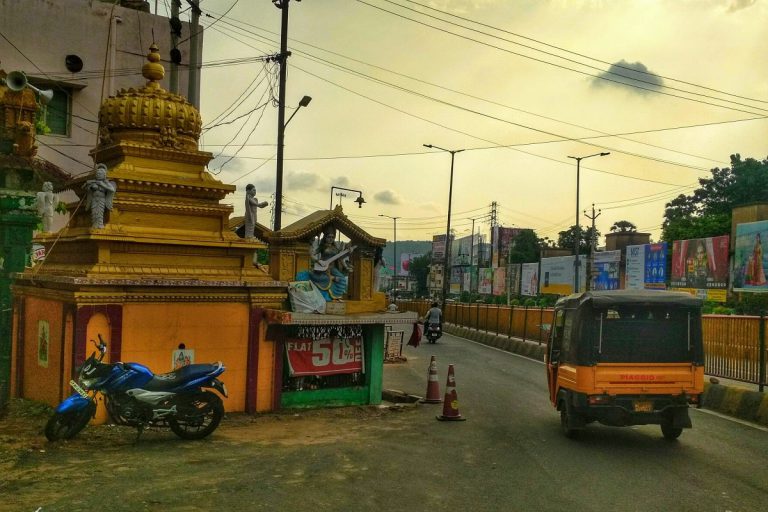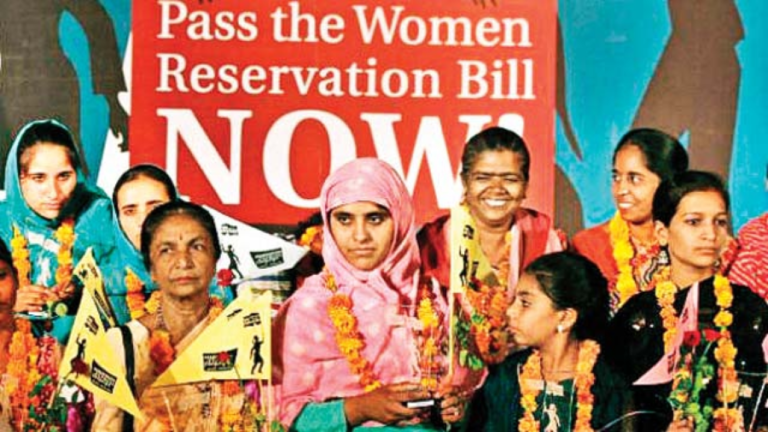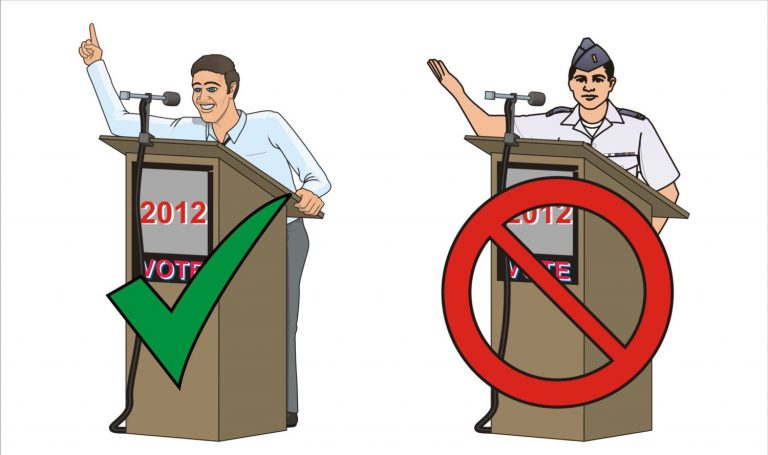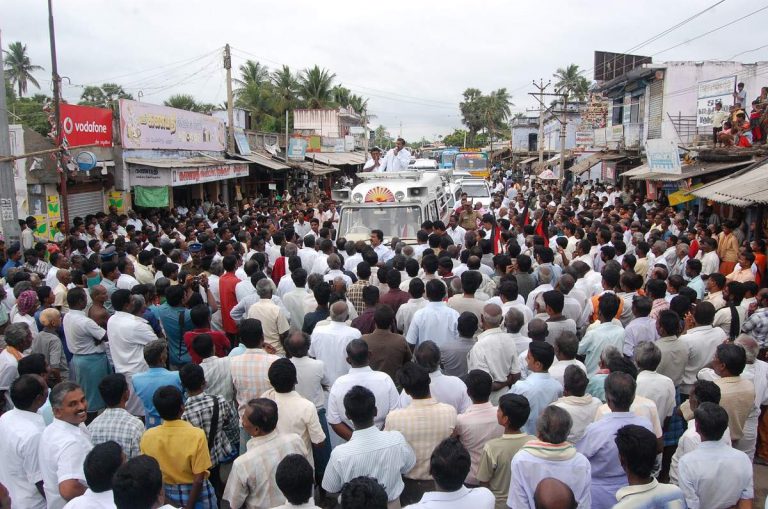The peculiar bipolarity in West Bengal
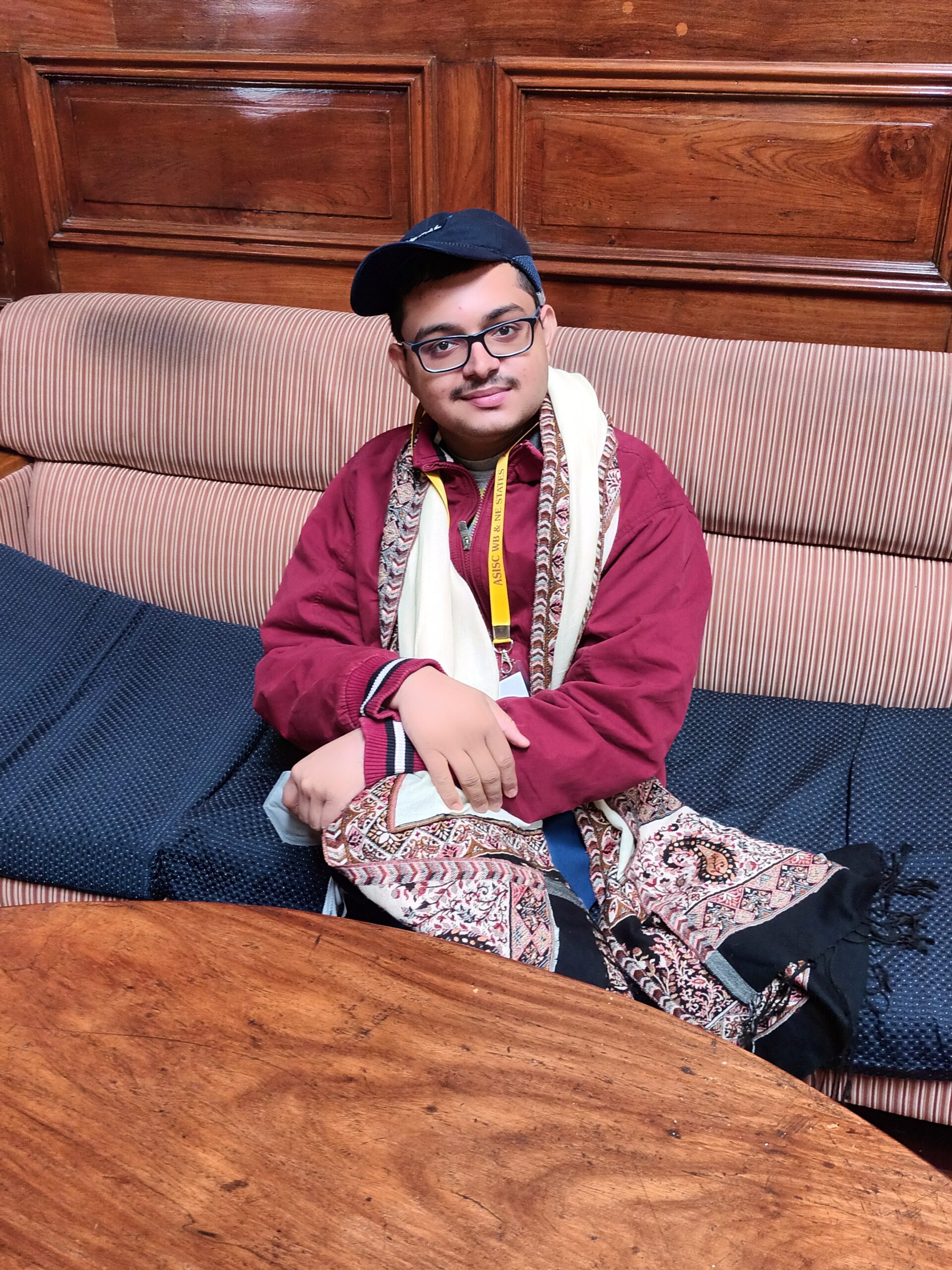
Soumyadeep is a post-graduate candidate in Political Science at St. Xavier’s College (Autonomous), Kolkata under the University of Calcutta aspiring for doctoral research in the United States. Apart from bagging the Gold Medal in Political Science Honours from the same University, he has also been a CBSE state topper holding several student leadership positions to his credit while he was in school and college.
He has over 5 years of experience in tutoring/ mentoring political science students at the high school (Class 11 & 12) and college (B.A. Honours/ GE/ General) levels including a brief stint as part time High School faculty in between his graduation and entry into Postgraduate studies.
Soumyadeep intends to specialise in Indian Politics, Comparative Government and Public Policy spatially concentrated in South Asia. Describing himself as an ‘election nerd’ keenly observing and tracking election results in Democracies around the world, decoding the ‘qualitative in the quantitative’, he regularly publishes on Indian Politics, an area which he considers his forte in national and international journals, prominent blogs, national dailies like the Telegraph and book chapters, his latest being ‘The Crescent Has Its Own Stories’ (ISBN : 9789356455191) launched by the Ukiyoto Publishing with several forthcoming publications. He has also presented his papers at multiple international conferences hosted by premier institutions and has had a brush with political consultancy besides remaining an avid public speaker on issues of contemporary socio-political importance for, he believes, words are incredibly powerful to change the world.
West Bengal, the ‘laboratory of political experiments’ in 2019, is undoubtedly the most-watched State Election in 2021. Witnessing a heated political fight with polling taking place across 8 phases from 27th March to 29th April, West Bengal has seen record voting in the early phases. The results will be known on 2nd May. While you celebrate the ‘Festival of Democracy’ and await the results with bated breath, this paper aims to provide a peek into the Politics of West Bengal which has remained largely Bipolar since the Post Independence Days.
From tracing the rise of the Bharatiya Janata Party and the Trinamool Congress, the two major power players in the state to a fledgeling Third Front, understanding the dynamics of ‘Peculiar Bipolarity’ remains critical to this election as well. Politics is a perennial ever-flowing river changing its course subject to time and space, so does Bipolarity in West Bengal. Providing the reader with a nuanced analytical flashback thus has remained the author’s sincere attempt.
THE BACKDROP: A BIRD’S EYE VIEW
Independence came at the cost of Partition, deadly communal riots and the largest displacement of population in human history. Under these circumstances, the first General Elections ensued in newly Independent India in 1952.
Led by a popular Chief Minister Dr Bidhan Chandra Roy, the Congress secured back to back victories thrice in a row before a period of ‘political instability’ set in. While the primary contenders were the Indian National Congress and the Left Front, the Bharatiya Jana Sangh predecessor to the present-day Bharatiya Janata Party won 2 of its total 3 Lok Sabha seats from West Bengal in the 1952 General Elections. Starting from 1977 ensued 3 decades of ‘Left rule’ in West Bengal, the longest tenure for a democratically elected Communist Government under Chief Ministers Jyoti Basu and Buddhadeb Bhattacharya before the Left Citadel fell to the Trinamool Congress following a landslide victory for the TMC – Congress Alliance in 2011. Ruling West Bengal for 10 years, the TMC and its Supremo are facing their toughest political battle against an emergent BJP with the charismatic central leadership.
TRACING THE RISE OF THE NATIONAL PARTY: BHARATIYA JANATA PARTY
“Mein yeh bhavishya vani karne ki himmat rakhta hoon ki Andhera Chayega, Suraj Niklega aur Kamal Khilega” (I have the courage to predict that darkness will be brushed off, the sun will rise and the Lotus will bloom) ~ Atal Bihari Vajpayee in 1980
The roots of the contemporary Bharatiya Janata Party may be traced back to
Dr. Shyama Prasad Mookerjee’s Bharatiya Jana Sangh (BJS). Seemingly a ‘non-starter’ in 1952, it went on to win a total of 3 Lok Sabha seats with 2 of them coming from West Bengal – Mookerjee himself and Durga Charan Banerjee were declared victors. Bagging 9 seats in the West Bengal Legislative Assembly, the Jana Sangh made its debut on the very ‘Soil of Bengal’ which the top BJP leadership has emphasised time and again this Election to prove its strong and indissoluble Bengali connect which dates back to the 1950s.
The story of the Jana Sangh has been long and unwinding since then before it tasted power at the national level as part of the Janata Party Government. Following the collapse of the Janata Government, reviving itself as the Bharatiya Janata Party (BJP) under the able stewardship of Shri Atal Bihari Vajpayee, the BJP became a ‘force to reckon with’ in National Politics governing India between 1998 – 2004 and thereafter from 2014 onwards. The story of the BJP in Bengal was never so promising. Allying with the newly founded Trinamool Congress of Mamata Banerjee, the party went onto win 1 and 2 Lok Sabha seats in the 1998 & 1999 Lok Sabha Elections respectively although it failed to open its account in the West Bengal Legislative Assembly.
In 2009 with support from the Gorkha Janmukti Morcha, the BJP won the Darjeeling Lok Sabha seat although its prospects remained largely unchanged until the dawn of the ‘Modi Era’ in 2013. West Bengal couldn’t remain insulated from the Saffron Wave of 2014. Winning only 2 seats out of 42 in terms of numbers, the BJP’s vote share saw a massive leap from single digits to 17%. The stage was all set for a bypoll victory in the Basirhat South Assembly seat before registering victory in 3 seats in the next State Elections of 2016. A ‘lacklustre’ Left – Congress Alliance, unprecedented violence during the 2018 Panchayat Elections and capitalising on the Anti Incumbency sentiments, the BJP led by Prime Minister Shri Narendra Modi shocked political pundits and his political rivals by bagging a staggering 40% vote share and 18 out of the state’s 42 Lok Sabha seats, only 4 short of the TMC’s tally of 22. Jolted by the results, several popular figures of the TMC including MLAs, MPs and Ministers defected to the BJP empowering its organisational capacities to take on the TMC in the 2021 Elections. The ‘Story of the Blooming Lotus’ in West Bengal is phenomenal, how and why is something that shall be further explored in the subsequent sections.
STORY OF A REGIONAL PARTY: TRINAMOOL CONGRESS
Once the euphoria with the ‘Congress System’ seemed to be over, regional parties were quick to capture the ‘political vacuum’ left by the Congress at the state level. What needs to be noted is that many of these parties can have their origins traced back to the Indian National Congress – the Great Banyan Tree once upon a time. Led by an ex- firebrand leader of the INC, Mamata Banerjee’s Trinamool Congress wasn’t an exception coming into inception on the 1st of January, 1998. The Congress seemed too weak to fight the Left and Banerjee’s urge to establish herself as a credible mass leader detached from the ‘shadows of the Gandhi Family’ proved to be the driving force leading to another split in the Congress which had considerably weakened over the years. In Alliance with the then Prime Minister Shri Atal Bihari Vajpayee’s BJP, the TMC-BJP Alliance contested 1998, 1999, 2001 and 2004 elections together. While the TMC managed a respectable number of seats, it remained far short of the ‘magic figure’. The only ‘silver lining’ seemed to be the 2001 Assembly Elections when the Left Front appeared ‘vulnerable’ but managed to hold the fort in rural Bengal and thus retained Writer’s Building. Following a drubbing in 2004 and 2006, the TMC resorted to mass mobilisation in the backdrop of the Singur and Nandigram Agitations realigning itself with Agrarian Populism shedding its image as an ‘exclusively urban party’. Strategically allying with the Congress in 2009 and 2011, the TMC stormed to power in the state in 2011 and retained power in 2016 with a strong mandate allowing Banerjee to serve two terms as Chief Minister of West Bengal. Paradoxes and Dichotomies in West Bengal Politics are numerous, with a National Party being challenged by regional outfits and currently the Regional Party in power being challenged by another National Party only vindicates the evolving nature of the Party System in the state.
A FLEDGLING THIRD FRONT AND MORE
The Non-Aligned Movement wasn’t an aberration in the Cold War Era. Having faced consecutive defeats, the once ‘invincible’ Congress and the ‘unbeatable’ Left have joined hands to ensure their continued political relevance in the State.
Despite winning more than 70 Assembly seats in 2016, political fortunes seemed to have greatly plummeted since then.
Their trajectories in a ‘nutshell’ have already been traced out in correspondence with the ascent of the TMC and the BJP in West Bengal Politics.
Voters in West Bengal have been unkind to parties once tried, tested and subsequently rejected, one of the reasons why the two oldest political outfits who have ruled Bengal for all but the last 10 years have allocated more than 30 seats to a newly founded Indian Secular Front led by Muslim cleric Abbas Siddiqui. Minority vote consolidation in favour of the TMC and a majoritarian backlash are certainly ground realities one needs to grapple with. No wonder even Mr Assauddin Owaisi’s party – the AIMIM is testing waters in Bengal after winning 5 seats in Bihar last November where it has hardly had any political presence. The Gorkha Janmukti Morcha of Bimal Gurung having an alliance with the TMC, its opponents in the Hills supporting the BJP and a wide array of Independents have made the race all the more competitive, vibrant and reflects the many shades of the political landscape.
WHY CALL IT A ‘PECULIAR BIPOLARITY’?
The culmination of the Second World War – two Superpowers and two power blocs were the realities of the World Order back in the 1950s. The political situation in West Bengal wasn’t a stark variant. While 2 major political parties have always dominated the political landscape pushing other players to the fringes, the Third Front and Independents have remained crucial factors in determining results. Why term the Party System in West Bengal as ‘Peculiar Bipolarity’ rather than simply as Bipolar flows from three major propositions:
Firstly, while West Bengal has a trend of having a ‘weak opposition’, the vote share of the ruling party has never surpassed the 45% threshold. Therefore in terms of vote share, the Opposition has done considerably well although a division in the Opposition votes has helped the ruling party garner a lion’s share of the seats.
Secondly, the major political outfits in the State – the BJP, the TMC, the Left Front and the Congress aren’t ‘watertight compartments’, they flow into one another creating a ‘beautiful milieu of political colours’.
And finally, the 2 major power players in the State haven’t remained constant unlike what we see in typically ‘Bipolar States’ like Madhya Pradesh, Rajasthan, Gujarat, Tamil Nadu, Himachal Pradesh amongst others.
These propositions shall be further explored in the next section on ‘Evolving Bipolarity’ and what it means for the 2021 Assembly Elections.
EVOLVING BIPOLARITY AND THE 2021 STATE ELECTIONS :
Since the 1950s, Politics has evolved so has the Miniature Party System in West Bengal. Bipolarity has remained a time tested trend. First, it was the Indian National Congress versus the Left Front until ‘political instability’ set in since the 1960s given factionalism in the Congress and the split in the Communist Party. Finally, with the 1977 Elections, the Left era dawned in West Bengal with the Congress occupying the Opposition benches. The later years of the Left witnessed a viable challenge from Mamata Banerjee’s Trinamool Congress until the latter secured victory in the state in 2011 and has continued to rule thereafter. The power dynamics thus have constantly shifted over the years and so have political alliances and strategies. The Trinamool Congress has its origins in the Indian National Congress and not surprisingly most of its leaders harbour a Congress background. Once arch-rivals, the Left and Congress are now allies while the TMC and BJP were allies who turned foes. Moreover, defections have not been uncommon. Post-2011, a significant number of Left and Congress legislators switched sides and joined the Trinamool family, 2019 only reversed the trend with the BJP welcoming defectors from all parties to its fold. The Congress Family, the Sangh Parivar and the Vampaksha may have little in common in terms of Ideology, many of their ‘family members’ in Bengal seem to be overlapping as time and again proven.
The Left, Congress, Trinamool and the Bharatiya Janata Party thus flow into one another making a beautiful rainbow of many political colours possible.
The 2021 Assembly Elections will be a ‘political earthquake’ irrespective of who the winner is. A party with little relevance in West Bengal just years back is banking on anti-incumbency, soft Hindutva and charismatic top leadership is going all out to capture power in a state on the plank of ‘Ashok Paribartan’ (real change) which no wonder ranks high in its list of priorities for the next Lok Sabha polls due in 2024 as well. The Trinamool will on the other hand bank on its Chief Ministerial face and formidable organisational capacities to seek a mandate for a third term. Whether the Third Front plays spoilsport for the TMC or the BJP only a post-poll analysis will reveal but it is safe to predict that more than 80% of the seats will be pocketed by the two major contestants in the electoral fray. Who wins the election, who forms the Government and whether there is a moderate or a major political earthquake ultimately boils down to the 2nd of May when the results are expected to be known.
As a slew of Opinion Polls predict a close contest, ‘Peculiar Bipolarity’ shall remain a trend to grapple with at least for the next few years in a new evolving Bipolarity of 21st century West Bengal!
Featured Image: Wikimedia Commons



